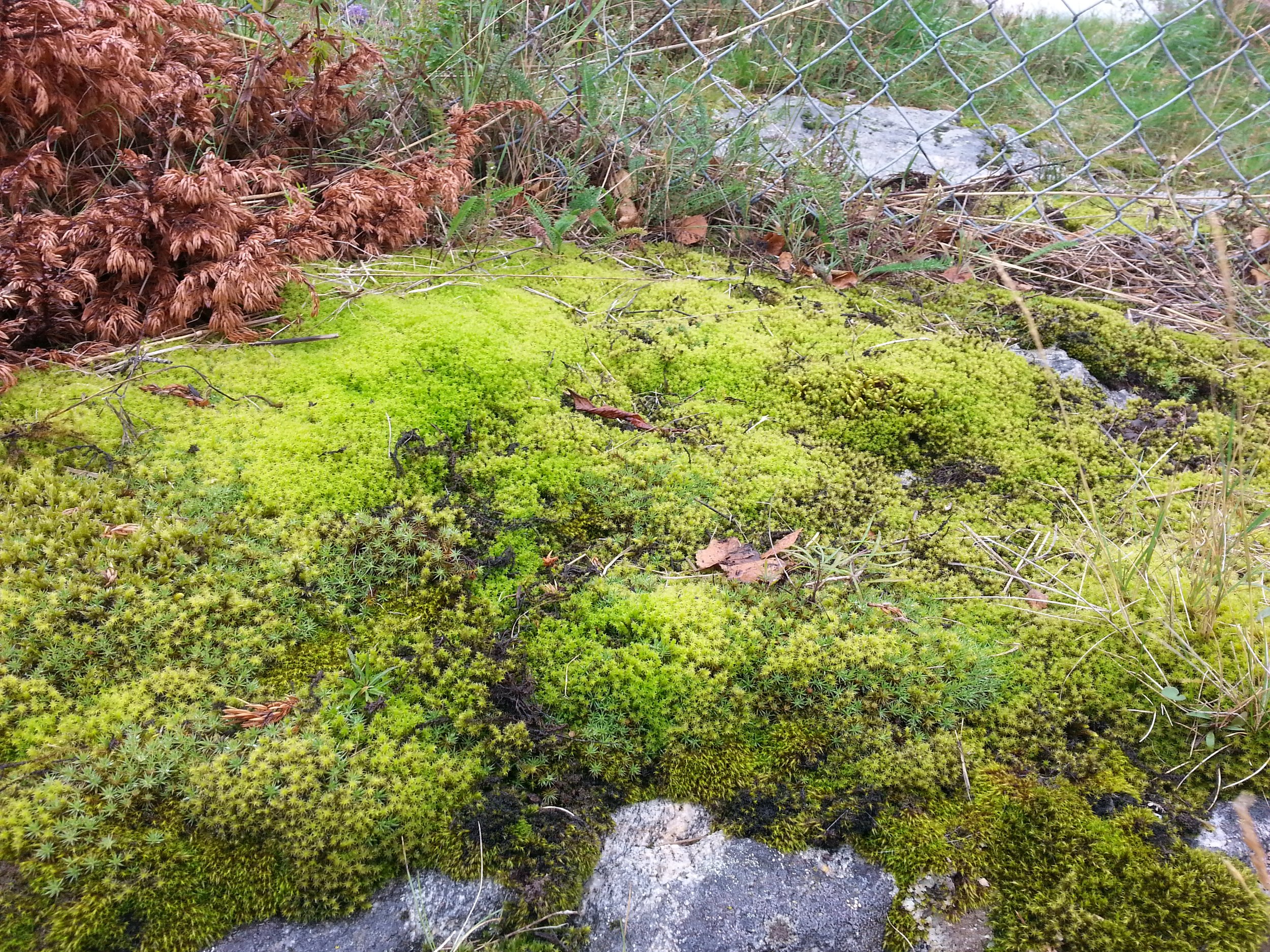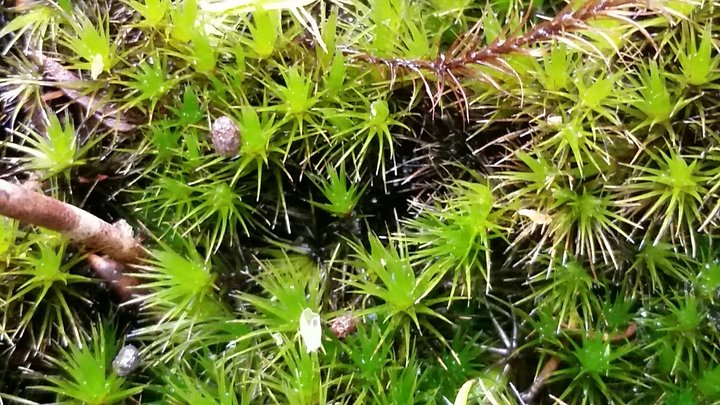Mosses: Earth can’t do without them
By David Eldridge, School of Biological Earth and Environmental Sciences, University of New South Wales, Sydney Australia and Manu Delgado-Baquerizo, Spanish National Research Council, Consejo Superior de Investigaciones Científicas (CSIC)
Mosses growing on soil deposited on a sandstone shelf at the Randwick Environment Park, Sydney Australia
Mosses are some of the oldest land plants on the planet, and have been here long before humans. Most of us have heard of mosses and seen them at some point in our lives. This is because mosses grow pretty much everywhere. You will find them growing on the footpath, on the walls of houses, on trees, on roofs, and particularly on soil. It’s on the soil that mosses have a dramatic effect on soil functions and therefore ecosystem health.
We know from previous research that mosses play important roles in specific locations. For example, desert mosses are important for reducing erosion, trapping sediment, and providing a habitat for invertebrates and microbes. Mosses such as sphagnum that dominate boreal forests are not only critical for conserving soil moisture, but are an important food source for vertebrates. Yet, we know very little about the global effects of mosses; whether their effects are site-specific or whether there are general principles that apply to mosses across the globe.
Long hair points at the ends of moss leaves help to funnel water into the centre of the plant, allowing mosses to survive in areas with low rainfall
In order to answer this, we used a global survey across 123 sites in all continents, including Antarctica, and compared the biogeochemistry of soils beneath mosses with both the soil beneath vascular plants and bare soils. We were astonished to find that mosses have a significant effect on a range of soil attributes as broad as carbon and nitrogen, to elements such as zinc and copper. Although the relative effect of mosses on soils was not as great as the relative effect of vascular plants (trees shrubs and grasses), the fact that mosses occur across the globe makes them important drivers of soil biogeochemistry.
Soil surfaces dominated by a rich community of mosses and lichens at Bodo, Norway, north of the Arctic Circle
Our study revealed that globally, mosses occur over an area equivalent to the size of Canada or China and store about 6.43 gigatonnes (billion tonnes) more carbon in the soil than bare soils (soils with no plants). And this is a global underestimate, as some areas were outside our capacity to estimate moss cover and model soil carbon (these areas included the boreal forests of northern Europe and extensive areas of Africa). Our results mean therefore that mosses are important sinks for carbon dioxide, and will likely be more important as CO2 levels in the atmosphere increase over the next century.
Another important result of our study was that the relative abundance of soil-borne plant pathogens was lower in the soil beneath mosses than in bare soil. We are not clear about the exact mechanism behind this anti-pathogen effect, but it is likely that chemicals associated with roots of mosses (rhizoids) secrete chemicals that suppress populations of plant pathogens such as nematodes, which cause substantial damage to plant roots and agricultural crops such as potatoes.
What is clear from this research is that we need more education on the positive benefits that mosses bring to human society. Other than direct conservation initiatives, this could mean including mosses in monitoring programs that aim to assess soil health. This is already happening in some rangeland monitoring programs worldwide. Mosses are likely to play an increasingly important role in soil biogeochemistry as human pressure on land-use increases. They are also likely to be more important than vascular plants as Earth’s temperature gets hotter, drier and more unpredictable.



